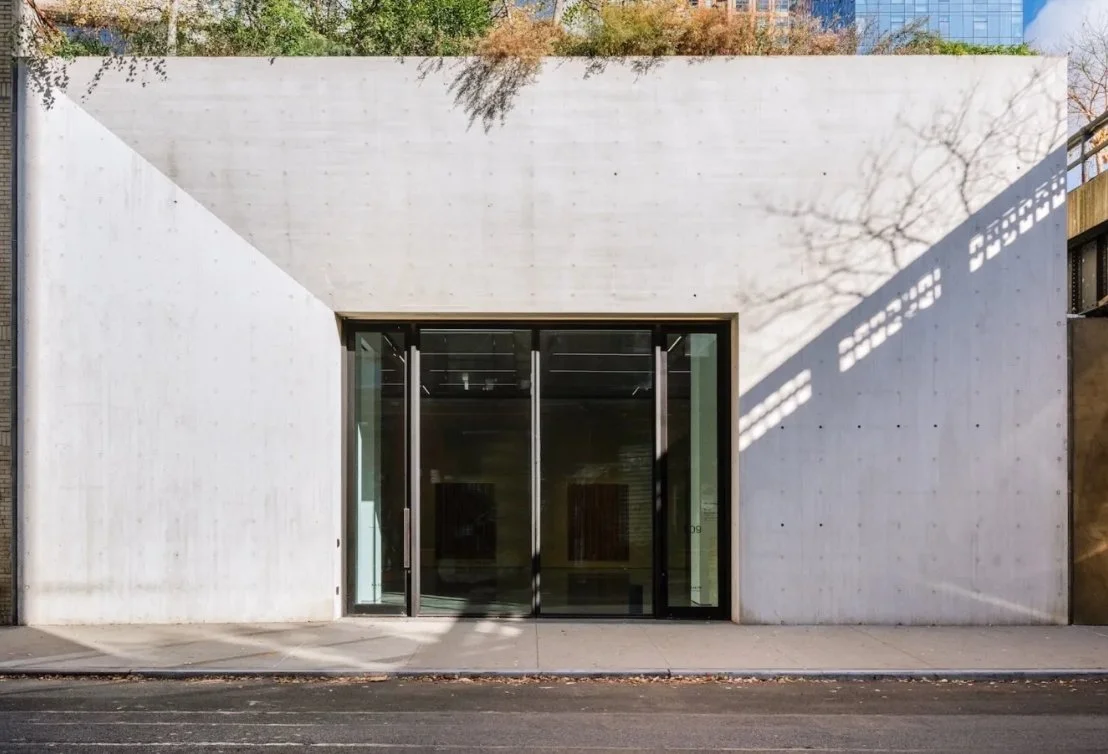Is the Traditional Art Gallery Dying?
The Uncertain Future of Galleries Amid Rising Closures
The art world is facing a seismic shift. In recent months, several high-profile galleries—CLEARING, BLUM, Venus Over Manhattan, and Kasmin, have announced their closures, leaving artists, collectors, and industry insiders questioning the future of the traditional gallery model. New York based CLEARING, known for representing rising stars like Marguerite Humeau, Korakrit Arunanondchai, and Harold Ancart, recently closed its Manhattan and Los Angeles locations after 14 years. Founder Olivier Babin cited insurmountable financial pressures—soaring rents, shipping costs, and art fair expenses—alongside declining revenues.
"There was no viable path forward," Babin wrote in an emotional Instagram post. "CLEARING was, first and foremost, a shared endeavor, and any success we encountered belongs to all of you."
Kasmin Gallery, a 35-year institution representing artists like Diana Al-Hadid, also closed, with leadership transitioning to a new venture, Olney Gleason. Meanwhile, Venus Over Manhattan and BLUM shut down, leaving artists scrambling for representation in an increasingly volatile market.
Why Are Galleries Struggling?
1. Unsustainable Overhead Costs
Galleries today face crippling expenses:
Skyrocketing rents (CLEARING’s move to the Bowery proved disastrous)
Shipping and art fair costs (participation in major fairs can exceed $100,000)
Operational inefficiencies (many galleries operate on razor-thin margins)
Josh Baer of The Baer Faxt noted the paradox: "Galleries work on up to 50% margins, yet many barely turn a profit." Unlike retailers, galleries don’t manufacture inventory—they rely on consignment—yet still struggle to stay afloat.
2. The Changing Collector Base
The old guard of deep-pocketed industrialists is aging out, while younger collectors, though growing in number—aren’t engaging in the same way.
Digital Disconnect: Many galleries fail to effectively attract new buyers through online sales (Artsy reports lagging digital adoption).
Experience Over Transactions: Younger buyers crave immersive, social experiences—something traditional white-cube galleries often lack.
3. The Artist-Gallery Tension
Galleries don’t just sell art, they invest in artists’ careers, often without immediate returns. As mega-galleries poach talent, smaller spaces struggle to retain their rosters.
"The gallery’s role is not just to sell, but to steward an artist’s career—and that requires sustained investment," says an industry insider.
Survival Strategies for the New Art Market
1. Embrace Hybrid Models
Pop-ups & Collaborations (like CLEARING’s Basel exhibition) reduce fixed costs.
Virtual Sales & NFTs can expand reach beyond physical spaces.
2. Rethink Physical Spaces
Co-working galleries (shared spaces to split overhead).
Nomadic Models (rotating locations to stay fresh and cost-effective).
3. Build Community, Not Just Client Lists
Events, Talks, and Performances attract younger crowds.
Direct Patron Relationships (subscription models, artist adoptions). Check out Collecteurs!
The Future: More Closures, But Also Reinvention
The traditional gallery model is under threat, but art itself isn’t dying, it’s evolving. As Babin reflected, "It’s just the stage we’re in."
For galleries to survive, they must:
Control costs (cut non-essential expenses).
Engage digitally (sell beyond the white cube).
Foster real connections (artists and collectors want passion, not just transactions).
So, Is This the End—Or a New Beginning?
The art market is cyclical. While more galleries will close, those that adapt—whether through radical downsizing, digital-first approaches, or community-driven models may (hopefully)thrive.
What do you think? Are galleries doomed, or just in need of reinvention?
Photo: Kasmin's West 27th Street gallery space (photo by Charlie Rubin)



